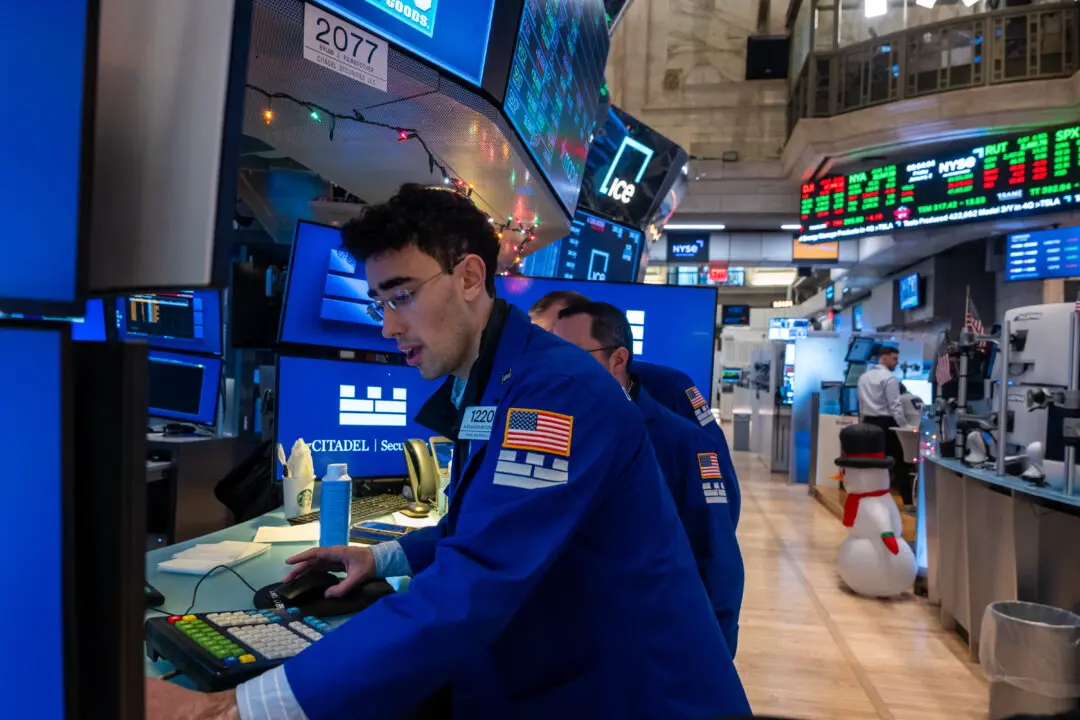After several months of calm in the crypto industry, characterized by a role reversal in which equities were highly volatile and cryptocurrencies flat and boring, a familiar if tragic drama reminiscent of Icarus is now playing out.
This week saw the dramatic failure of FTX, one of the world’s largest cryptocurrency exchanges, and the ignoble demise of its celebrated founder and CEO, Sam Bankman-Fried. Bankman-Fried was estimated to have been worth $17.2 billion before the collapse, and likely somewhere in the neighborhood of zero following it. All this occurred over the course of 48 hours.





